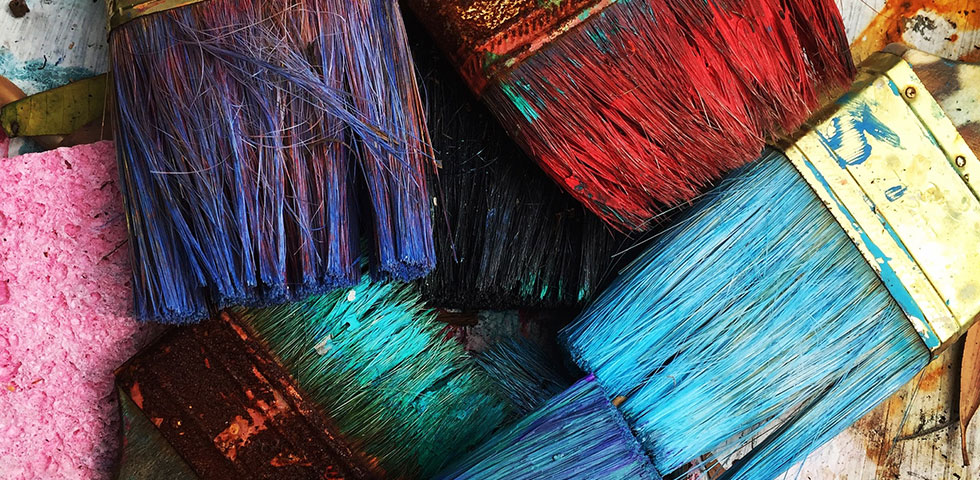As you learn to navigate life after a loss, you may notice different ways that your grief is affecting you. Grief can have an impact on how you feel both physically and emotionally. You might notice some changes in the way you think, act, or interact with others. Grief can also have an effect on your sense of spirituality.
While grief effects each person differently, one thing is true for everyone. It’s not easy. You may find that things are harder to manage now than they were before. That is why coping skills are especially important while moving through your grieving process.
One practice that can be particularly helpful for coping with grief is mindfulness. Mindfulness is the practice of bringing your attention to the present moment, and being aware of your experience without judgment and without trying to change anything. Practicing mindfulness can provide a number of benefits including:
- Stress-Reduction
- Relaxation
- Increased energy
- Increased focus
- Self-awareness
- Self-compassion
- Acceptance
Practicing mindfulness is a great way to take a break when you are feeling stressed, overwhelmed, upset, or any number of unpleasant emotions. It can help you to become more aware of what you are experiencing and move away from judging yourself and your grieving process. It can lead to greater levels of self-compassion as you deal with hard times, thus helping you to be kind to yourself and feel your feelings without judgment.
Mindfulness and Art
Mindful meditations often focus on the breath or sensations in the body as a way of anchoring to the present moment. Likewise, you can use anything you are experiencing through your senses as an anchor. Since art engages multiple senses, it is a great way to naturally ground yourself in the present.
When you mindfully create art, the focus is not on what you are creating, but rather on the experience itself. The more you can let go of expectations of how your art “should” look, the more you are able to be present during the creative process. Here are a few tricks you can use to help focus less on the product and be present with the process.
Create Abstract Art
Representational art is a depiction of something tangible, usually something that you have seen before. For example, if I ask you to picture an apple in your head, what do you see? The image that you have in your head right now is called a schema. In art, a schema is your blueprint of how something is “supposed to” look. When your artwork does not match that blueprint, it can lead to judgment. Since abstract art is non-representational, there is no blueprint with which to compare your creation. Because of this, you can worry less about the product and focus more on the process.
Choose Materials that Provide Structure for You
Structure can help make art feel more approachable. This is one of the reasons why coloring has a soothing effect. The page of a coloring book provides an image for you so that you can focus on the simple tasks of choosing a color and filling spaces with that color. The lines provide you with structure and containment. Choosing materials that are clean also helps to add structure to the process. When coloring, I recommend using materials such as colored pencils, markers, or crayons and staying away from messier materials such as pastels, chalk, or paint.
Ask Yourself, “What am I Noticing?”
During the process, ask yourself, “What am I noticing?” What are you experiencing through your senses as you make art? What are you seeing as you add color to the page? How does it feel to move your arm as you create? What about the texture of the paper, or the feeling of contact, pressure, or weight of the drawing utensil in your hand? Does your pencil or marker make a sound as it makes contact with the page and moves across it? Do you notice any smells, like the wax of the crayon or the ink from your marker? Maybe your paper has a subtle smell to it. There is no need to try to force these experiences. Just notice what you are noticing.
Try it Yourself
Now you have all the information you need to have your own mindful art experience! Remember, mindfulness is about being aware of your experience without judgment. As you let go of expectations of what “should” be, you can more fully experience the present moment. When it comes to mindful art, it’s about the process, not the product. If you’d like to use mindful art as a way of coping, please feel free to print out this mandala and try some mindful coloring!

